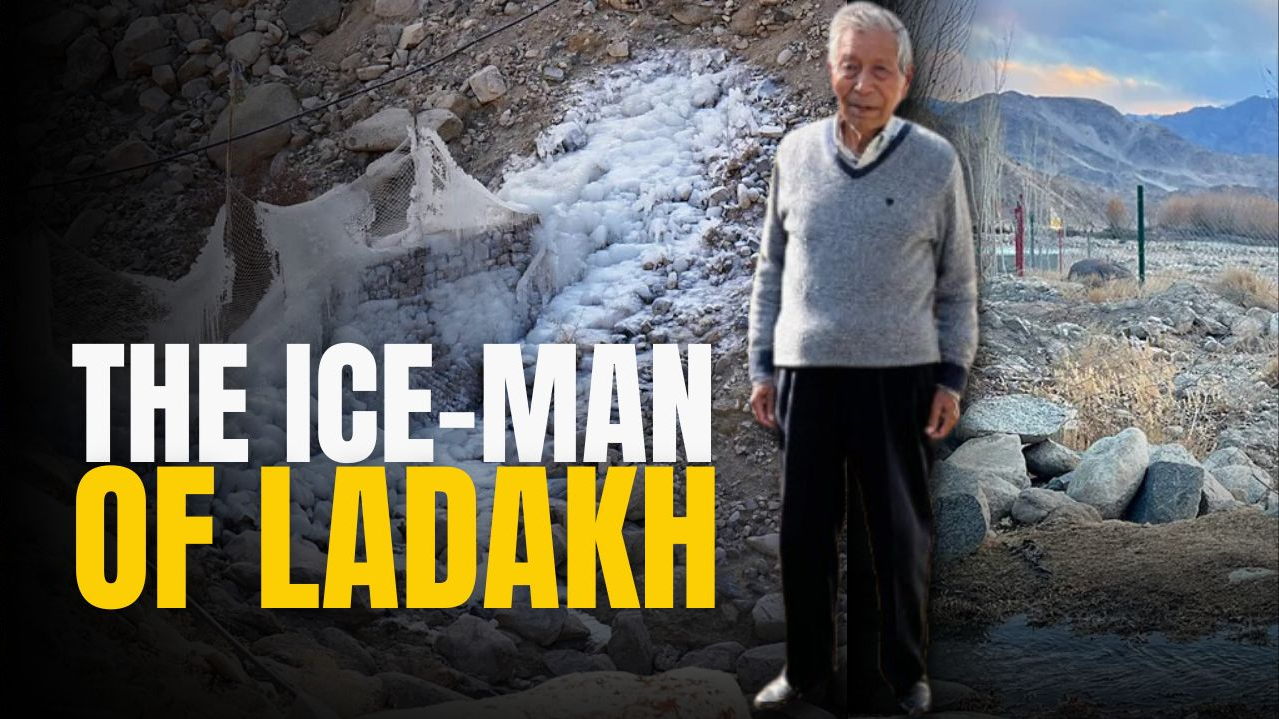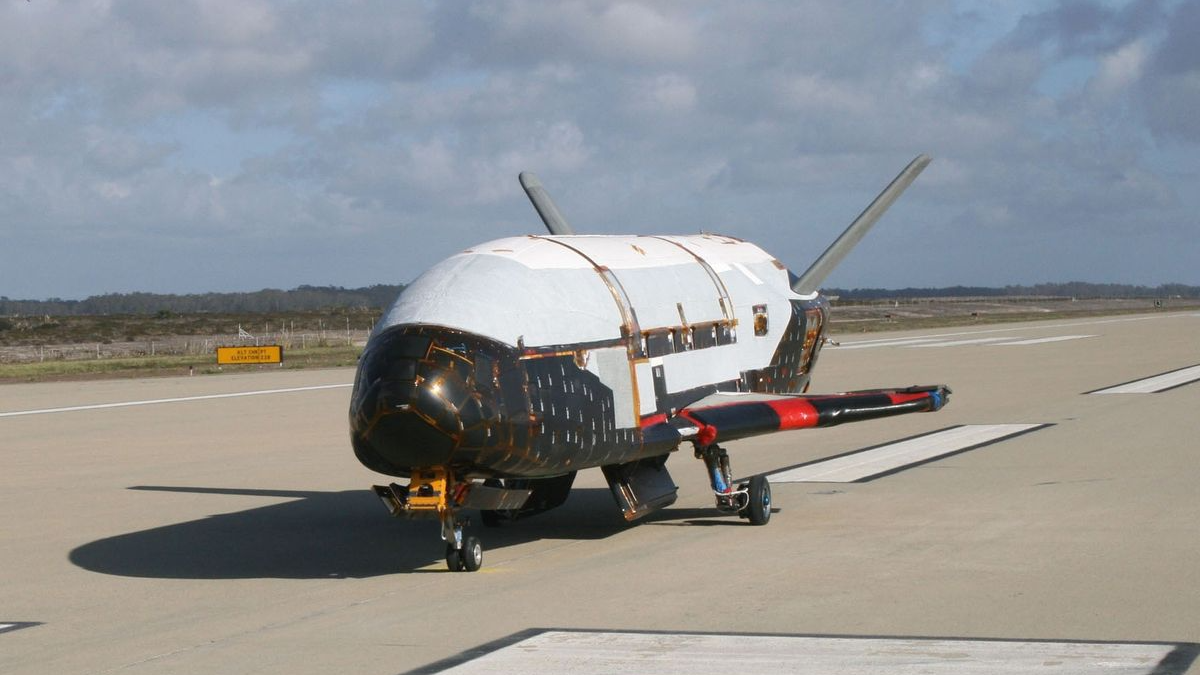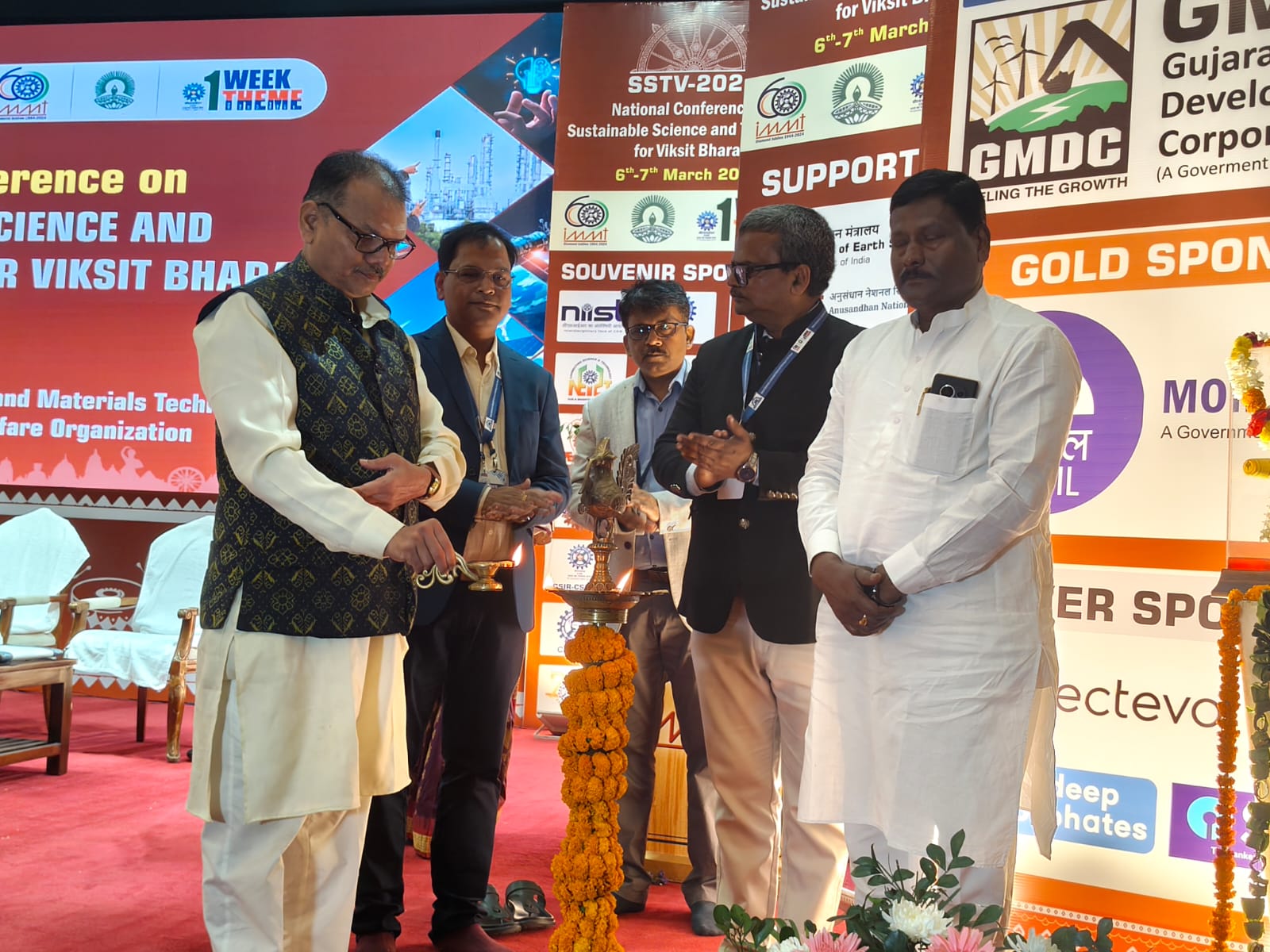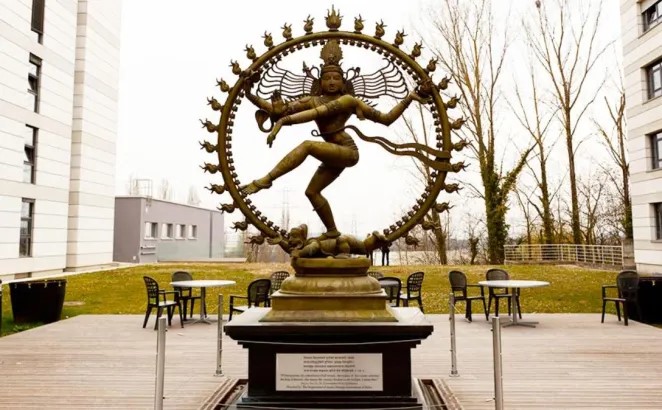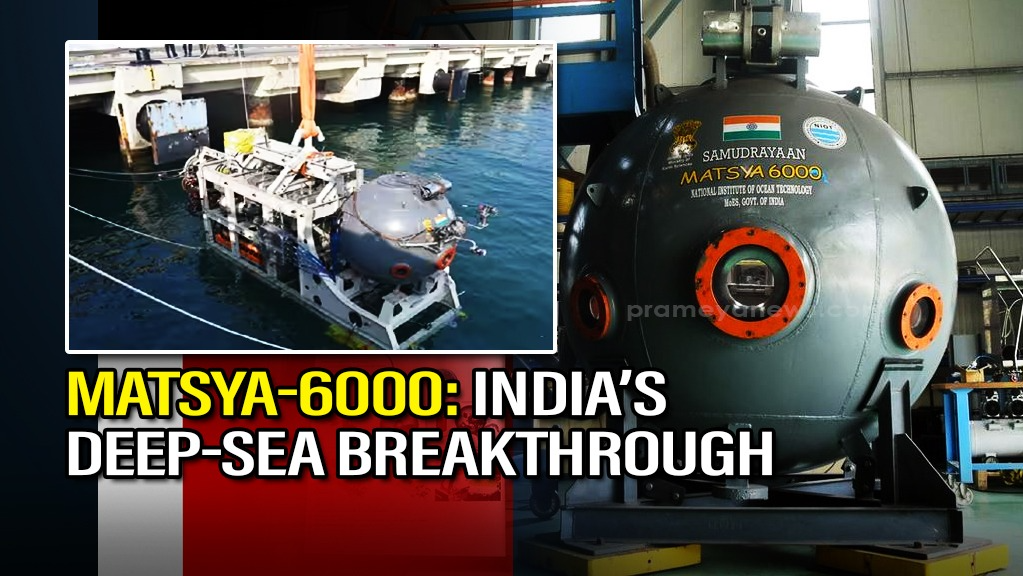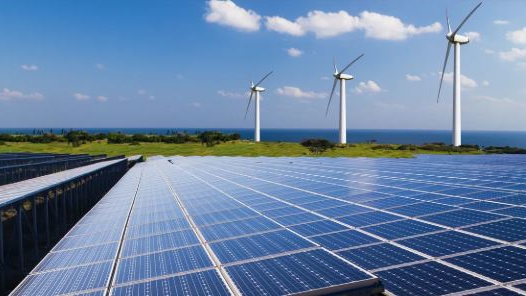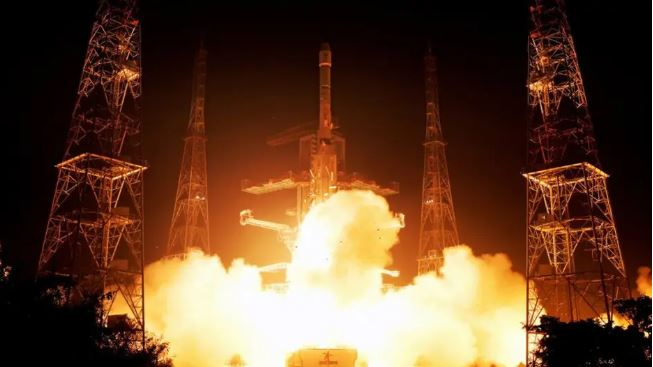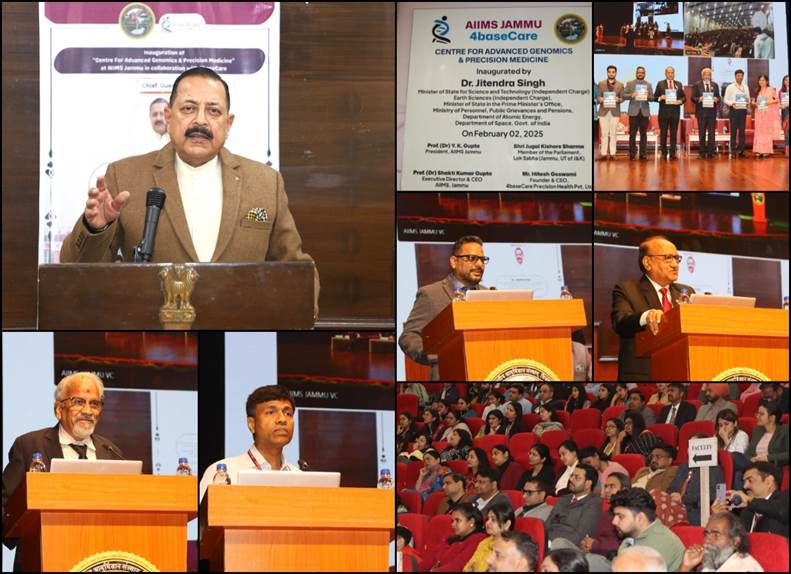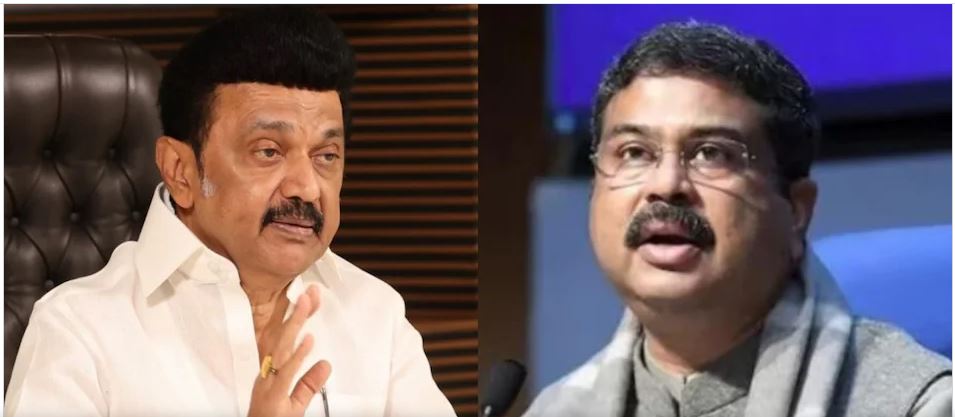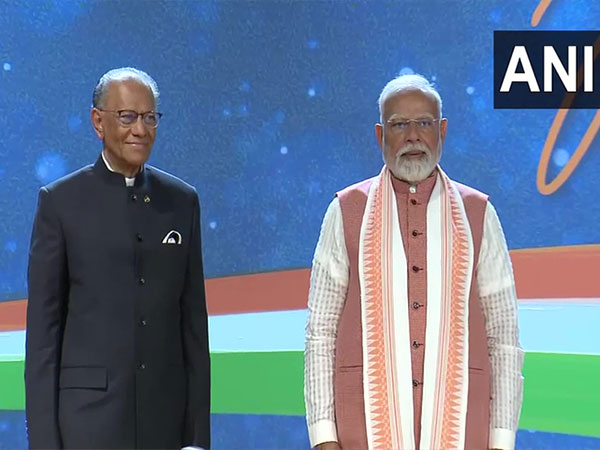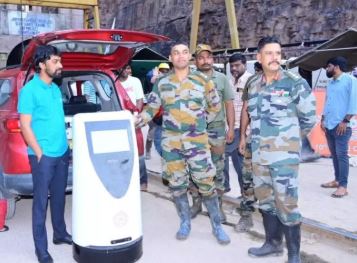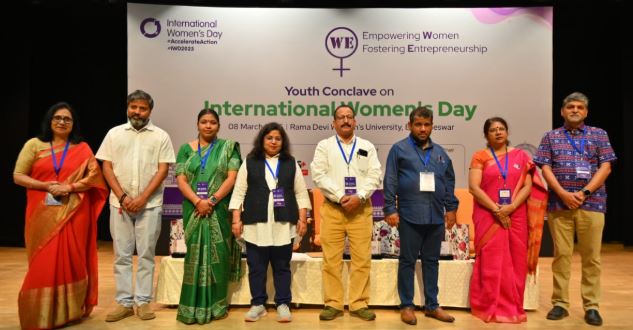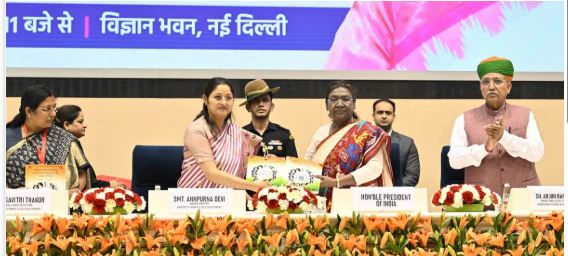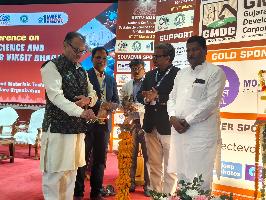Satyanarayan Mohapatra
In the high-altitude deserts of Ladakh, where glaciers are receding and water scarcity threatens livelihoods, one man has emerged as a beacon of hope: Chewang Norphel, the "Ice Man of Ladakh." This 87-year-old engineer, with his ingenious approach to creating artificial glaciers, is not only bringing life back to parched farmlands but also inspiring a generation with his unwavering dedication to his community.
Crisis in the making
Dolkar, a 58-year-old potato farmer from Thiksey village, has witnessed the harsh realities of climate change firsthand. "I remember as a child, the snow would pile up to my knees," she recalls. "But now, the snow and rain are scarce." This decline in precipitation has had a devastating impact on Ladakh's farmers, who rely on glacial meltwater to irrigate their crops.
The shrinking glaciers, a consequence of rising global temperatures, have disrupted the delicate balance of Ladakh's ecosystem. Farmers like Dolkar, who traditionally sow their fields in April, are now facing a critical water shortage, as the glacial meltwater arrives too late in the season.
An engineer's ingenuity
Chewang Norphel, a retired civil engineer and former rural development officer, recognized the urgency of this crisis and decided to take action. His inspiration came from an unlikely source: a small patch of ice forming under a garden tap left running during the winter to prevent pipes from bursting. "I realized that if I could capture and freeze this wasted water, I could create an artificial glacier for the entire village," he explains.
Building glaciers, harvesting hope
Norphel's ingenious solution involves diverting stream water into carefully constructed channels and slowing its flow using a series of rock embankments. These structures, strategically placed in shaded areas at high elevations, create ideal conditions for the water to freeze during the winter months, forming artificial glaciers.
These man-made glaciers, built at varying altitudes, provide a continuous water supply throughout the crucial growing season. The lowest glaciers, located closest to the villages, melt first in the spring, providing water for the initial sowing period. As temperatures rise, the higher glaciers melt, ensuring a consistent water supply for the crops.
Impact and inspiration
Norphel's artificial glaciers have made a significant difference in the lives of Ladakh's farmers. Rigzen Wangyal, a farmer from Nang village, where Norphel built his first artificial glacier, shares, "Before the artificial glacier, getting enough water was a constant struggle. Now, it's our primary source of water."
These glaciers have not only increased water availability by up to 20% but have also helped regenerate local streams, providing a vital lifeline for communities facing water scarcity. Norphel's innovation has garnered international recognition, with experts acknowledging the potential of artificial glaciers as a valuable tool for water management in mountain communities.
While artificial glaciers are not a panacea for the global climate crisis, they offer a powerful example of human ingenuity and adaptability in the face of environmental challenges. Norphel's legacy extends beyond the ice he has created; it lies in the hope he has instilled and the inspiration he has sparked in others to find innovative solutions to the pressing issues of our time.
DISCLAIMER: This brief synthesizes information from various public sources and offers the author's own insights and analysis on the subject matter.






